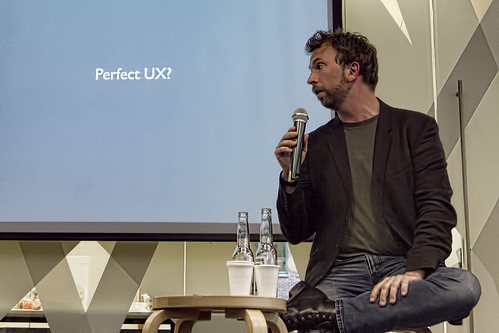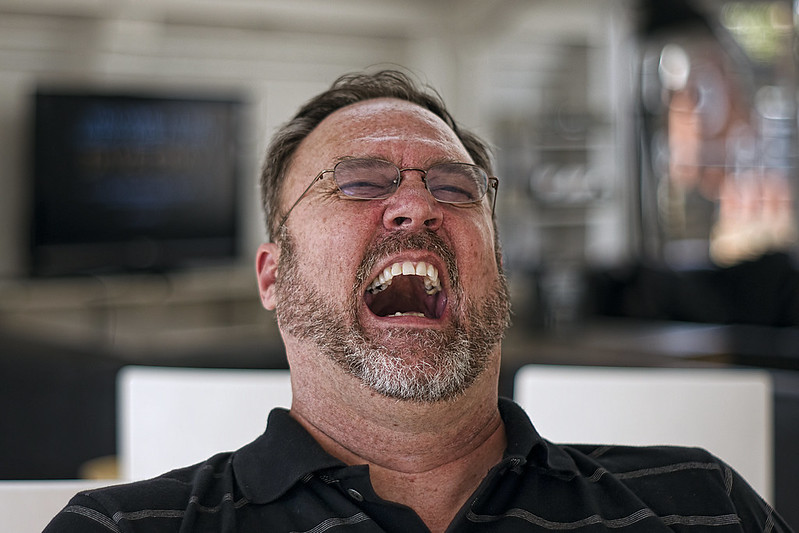send your children to conferences
here is a revelation for anyone who has never been to a conference that’s relevant to their profession: it’s a great way to validate that you actually know what you’re talking about. I mean, honestly, we mostly operate within the duck quack void of self-appreciation and we’re only really interrogated and challenged when we’re required to present, with authority, our opinion on what our interpretation of ‘good’ is in the narrow context of our own practice. but spending a day or two listening to people just like you, presenting their own ideas, propositions and theories, is a day or two where you quickly come to the realisation that you’re not, in fact, the imposter you thought you might be. you’re actually reasonably good. fuck it. you’re very good.
a colleague of mine is out in san francisco this week, at a conference where there are some very clever, very smart people talking about design practice. I say they’re very clever and very smart, but really, I’ve no idea. at least I’ve heard of them. they’ve mostly written a book about something or other that’s relevant. but, you know, I’ve never worked with them, so I can’t personally say whether they’re any good at what they do. but they tell a good story. and that’s what we’ve got to go on. and this colleague reflected on her first day at the conference with a telling phrase: I am getting the feeling we actually are doing stuff so right! and she means that as a company and as the individuals that make that company what it is. and I’m not surprised. because that’s the feeling I get when I attend similar events.
when you find yourself in a safe environment, and there’s not much safer than conferences, especially those with a significant proportion of first-time speakers, then that’s when you give yourself permission to evaluate your own position. my first speaking engagement was at the IA summit. I’d never done any public speaking before, least of all about my own practice. but that environment was as perfect a place as any to evaluate, compare, contrast and make your own conclusions about how you’re placed on the weird global/parochial peer spectrum. and really, it’s not a question of relativity. it’s much more about reassurance and a sense of acknowledgement.
which is all a rather roundabout way of saying that there is much to be gained from attending a conference of like-minded individuals to understand your own position within that community. I advocate conference attendance as a learning experience. bluntly put, I recommend conference attendance as the place where training budget is invested, because I believe that proactive conference attendance adds value as a career development opportunity by a factor of at least ten over traditional training or courseware. it’s definitely where I spend all my training budget. and if that runs out, especially where the IA summit is concerned, I’ll pay for it myself. it’s a no-brainer.
listening post: xtc – towers of london



